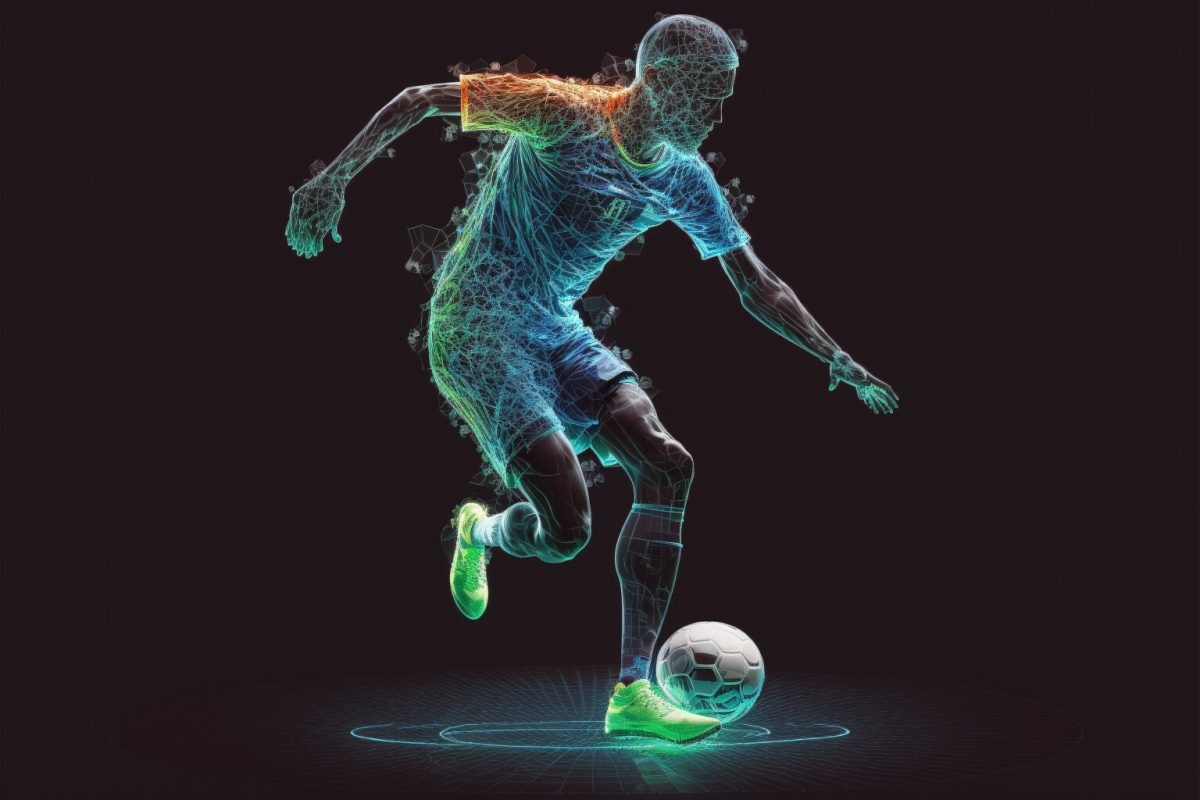The start of the new year means many things: a new batch of freshmen, the heat of college applications growing, sophomores preparing for their Costa Rica trip in the spring, and juniors starting the IB program. This year, our school’s IB program welcomed a new class: Sports, Exercise, and Health Science (SEHS). This class focuses on anatomy, physiology, biomechanics, psychology, and nutrition—or in simplified terms, how the body works and how it pertains to movement and athletics.
Within these first few weeks of school, the class is covering the basics of the mechanisms of life as they pertain to the creation of energy and the movement of nutrients across the body. Henry Dixon says, “I like the class. It helps me understand my body better.”
The question about this class is whether it is more worthy of choosing than physics, biology, ESS, or chemistry. The problem with this class lies in the statistics. Out of all the IB science classes this school offers, IB sports science has the lowest average score on the IB test (3.92). On top of that, out of any science in the whole IB diploma program, it has the lowest pass rate.
Another challenge that makes this class more difficult is the lack of coverage of the basics. In this class, you don’t really cover anything but human physiology and movement, meaning no animals, bacteria, etc. Henry Dixon said, “I would only take this class if you really want to learn about the human body.”
So, taking the class is really about what you want to do in science. Do you want to know how things work, or do you want to know how you and other humans work?

